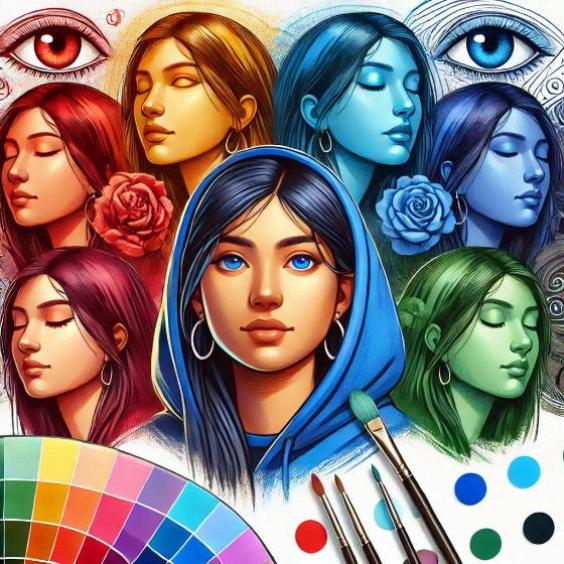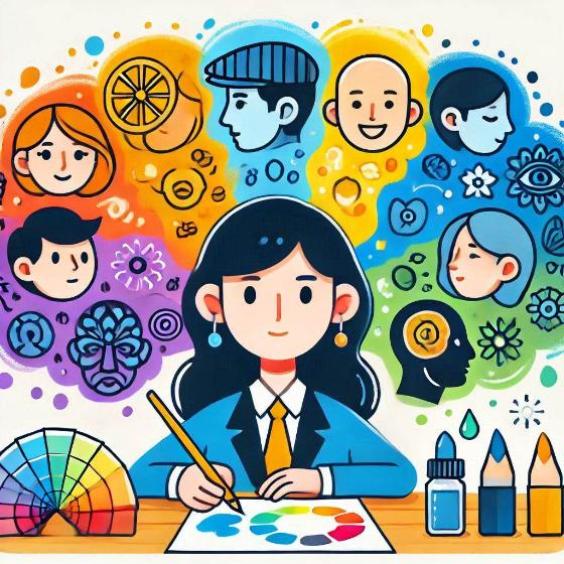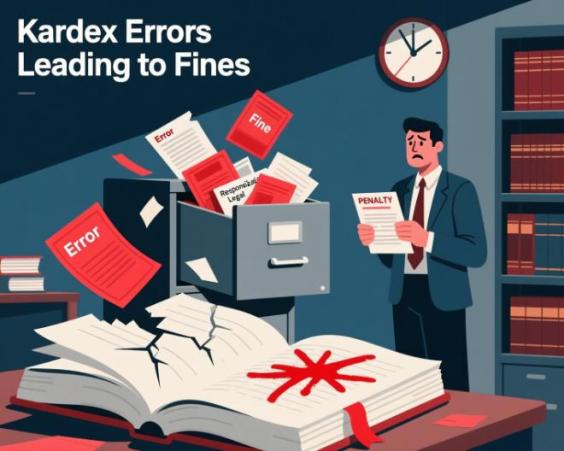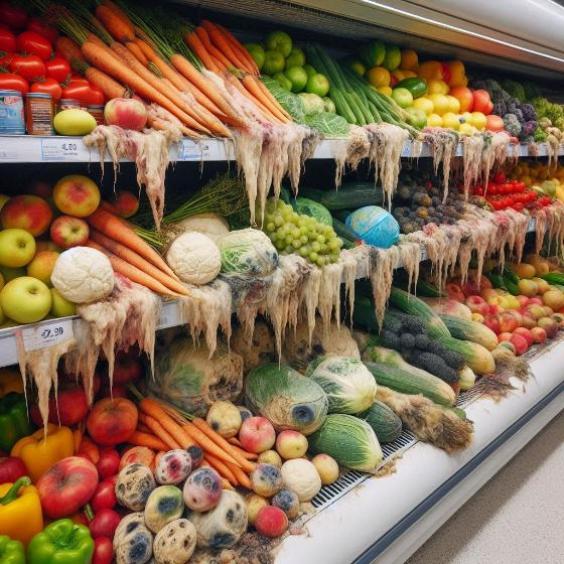What is the emotional meaning of colors
The Emotional Meaning of Colors: How to Use Them to Benefit Your Website
Colors are a fundamental part of our daily lives, and their impact on our emotions and behaviors is undeniable. In the world of design and visual communication, understanding the emotional meaning of colors is crucial for creating an effective connection with the target audience. In this article, we will explore the emotional meaning of colors and how you can use this knowledge to benefit your website.
What is the emotional meaning of colors?
The emotional meaning of colors refers to the way we can evoke emotions and feelings in people through colors. Each color has a unique emotional connotation that can vary depending on culture, personality, and individual experiences. For example, the color red can be perceived as energy and passion in some cultures, while in others it can be seen as aggression or danger.
Primary Colors and their Emotional Meaning
Primary colors are the basic colors that cannot be created by machines of other colors. These colors are:
- Red: Energy, passion, love, aggression, danger
- Blue: Calm, confidence, loyalty, sadness, loneliness
- Yellow: Happiness, optimism, creativity, anxiety, nervousness
Secondary Colors and their Emotional Meaning
Secondary colors are created by mixing two primary colors. These colors are:
- Green (blue + yellow): Nature, growth, harmony, balance, envy
- Orange (red + yellow): Energy, creativity, enthusiasm, anxiety, irritability
- Purple (blue + red): Luxury, creativity, wisdom, mystery, sadness
How to Use the Emotional Meaning of Colors on Your Website

By understanding the emotional meaning of colors, you can create a more effective and attractive user experience on your website. Here are some suggestions for using the emotional meaning of colors on your website:
- Use colors that reflect your brand's personality: If your brand is energetic and fun, use colors like orange or yellow. If your brand is serious and professional, use colors like blue or gray.
- Create a coherent color scheme: Use a color scheme that adapts to your brand's personality and is consistent throughout the website.
- Use colors to highlight calls to action: Use colors like red or orange to highlight calls to action and attract the user's attention.
- Create an emotional atmosphere: Use colors to create an emotional atmosphere on your website. For example, if your website is for a travel company, use colors like blue or green to create an atmosphere of adventure and exploration.
The emotional meaning of colors is a fundamental aspect of visual communication and design. By understanding the emotional meaning of colors, you can create a more effective and attractive user experience on your website. Remember that the choice of colors depends on your brand's personality and target audience. Use the emotional meaning of colors to benefit your website and attract more users!






